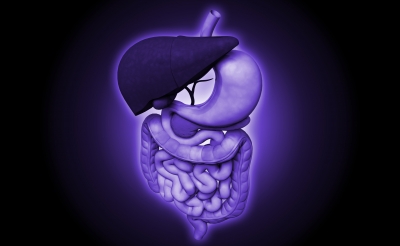Preventing Diverticulitis
Preventing Diverticulitis

Image courtesy of dream designs at FreeDigitalPhotos.net
Diverticulitis is a serious disease which is both painful and dangerous. Once diverticula, which are small sacs, grow on colon walls, they will not heal. Inflammation and rupture of these sacs may cause serious and life threatening infections. Preventative measure can be taken to ensure digestive health and the prevention of diverticulitis. Doctors are unsure about what causes diverticulitis. It is believed that a low fiber diet may pay a role. Without fiber to add bulk to the stool, the colon has to work harder than normal to push the stool forward. The pressure from this action may cause pouches to form in weak areas along the colon.
Preventing Diverticulitis
Diverticulitis occurs when bacteria get trapped in the pouches. This leads to infection or inflammation. No screening is available at this time for diverticulitis. Starting at age 40, a procedure called a flexible sigmoidoscopy may be recommended every 3 to 5 years or a colonoscopy every 10 years as a screening exam for cancers of the colon and rectum. Both flexible sigmoidoscopy and colonoscopy involve using a flexible tube with a lighted viewing instrument to see inside the large intestine. These exams are often able to reveal diverticula if they are present. Treatment after recovery from an attack of diverticulitis is aimed at preventing another attack.
A patient with diverticulosis may have few, if any, symptoms. When a diverticulum becomes infected and ruptures, the condition is called diverticulitis. A patient suffering from diverticulitis experiences abdominal pain and tenderness, often accompanied by fever. Bleeding which originates from a diverticulum is called diverticulitis bleeding. Diverticular disease is common in the Western areas of the world, but is extremely rare in areas such as Asia and Africa. Diverticular disease increases with age and is uncommon before the age of forty. Most patients with diverticulitis develop bleeding, infection, constipation, abdominal cramps, and occasionally, colon obstruction.
The muscular wall of the colon grows thicker with age. Thickening of the colon wall may determine the increasing pressures required by the colon to eliminate waste. A diet which is low in fiber can lead to small and hard stools which are difficult to pass. Over time, intense contractions in the colon push the inner intestinal lining outwards, causing a hernia. These pouches or sacs that develop are called diverticula. Diverticular bleeding occurs when stool erodes into a blood vessel at the base of a diverticulum.
Most patients with diverticulosis have few, if any, symptoms. The diverticulosis condition is found incidentally during tests which are run for other intestinal problems. Over twenty percent of patients suffering with diverticulosis condition will develop symptoms related to diverticulosis. The most common symptoms of biventricular disease include abdominal cramping, constipation, bloating, and diarrhea. These symptoms are directly related to difficulty of passing stool along the left colon which has been narrowed by diverticulosis disease.
More serious complications include diverticulitis, abscess in the pelvis, colon obstruction, and bacterial peritonitis, plus bleeding in the colon. A diverticulum can become infected with bacteria and ruptures, causing diverticulitis. Fever, tenderness, and pain of the lower left abdomen are common symptoms. Constipation or diarrhea may also occur. A collection of pus can develop around the inflamed diverticulum, which leads to the formation of an abscess, usually in the pelvis. On rare occasions, the inflamed diverticula can erode into the urinary bladder, which causes a bladder infection and passing of gas during urination.


